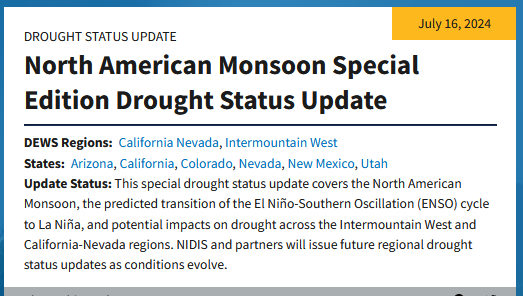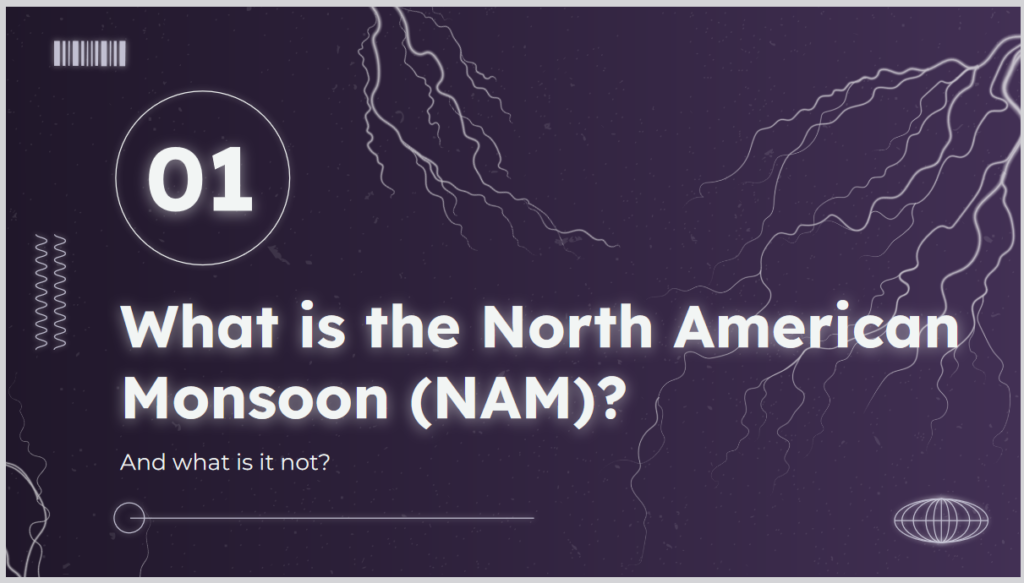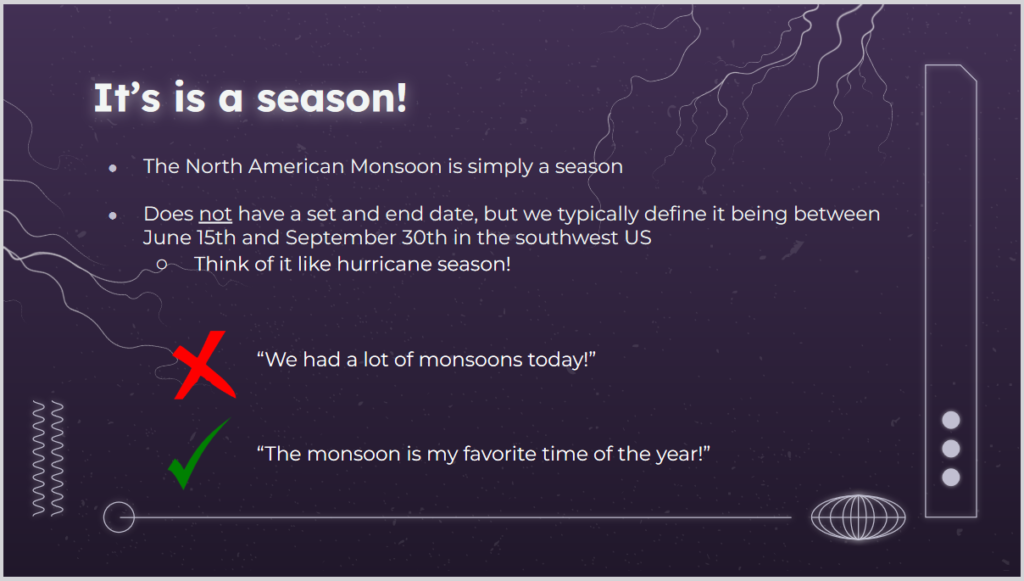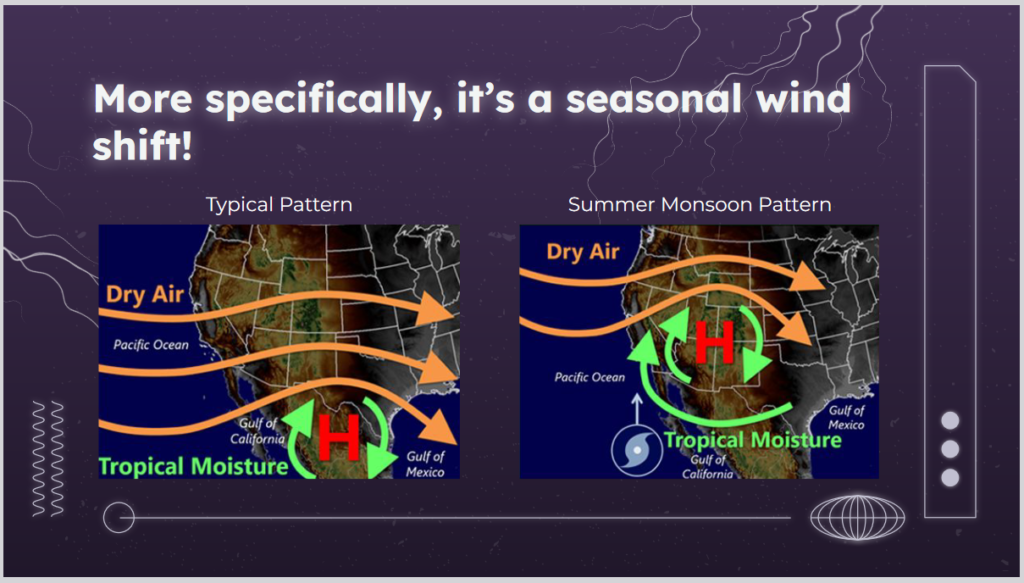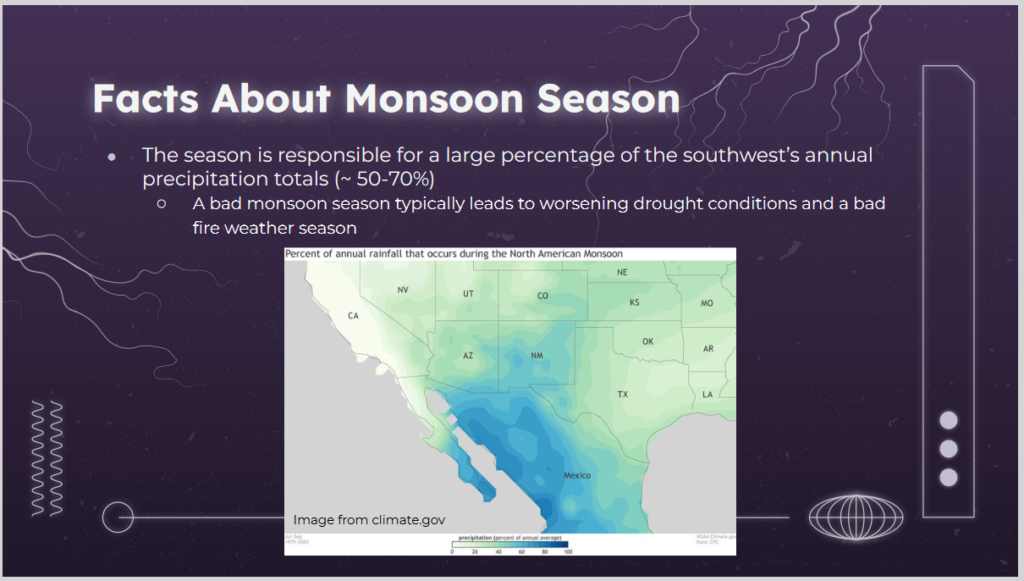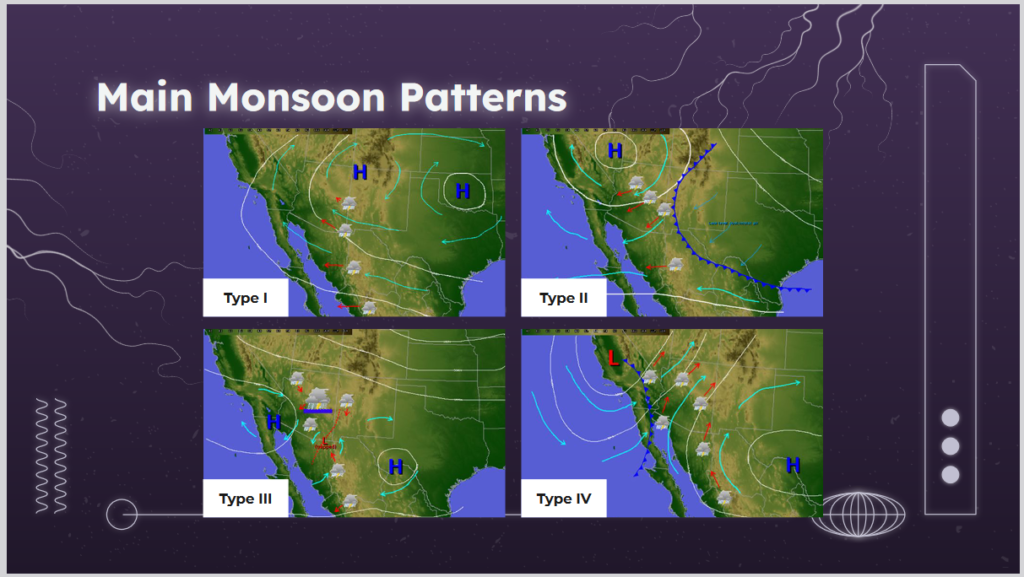Northern Tier from Great Lakes West Predicted to be Hot and Dry
NOAA updates many of their weather outlooks and in many cases issues a discussion with those outlooks. On Fridays, they issue a week 3 – 4 outlook which is farther out than the typical 10-day forecast and the discussion is excellent. So we have decided to issue a weekly special report on Fridays.
When the Week 3-4 Outlook is issued, we have a 28-day view of the future. It is important to recognize that the forecasts do not always work out as predicted. But in the article, there are links to obtain updated forecasts. Since we are publishing this article on Sunday we only have a 26-day view of the future. Sorry about that.
We have also taken a look at the state temperature and precipitation rankings for July and Year to Date (YTD). It is not a surprise that they differ. We provided that information in a recent article but thought it useful to repeat it here for those who did not happen to read the other article. There is value in relating the future outlook to the prior month and to the YTD.


